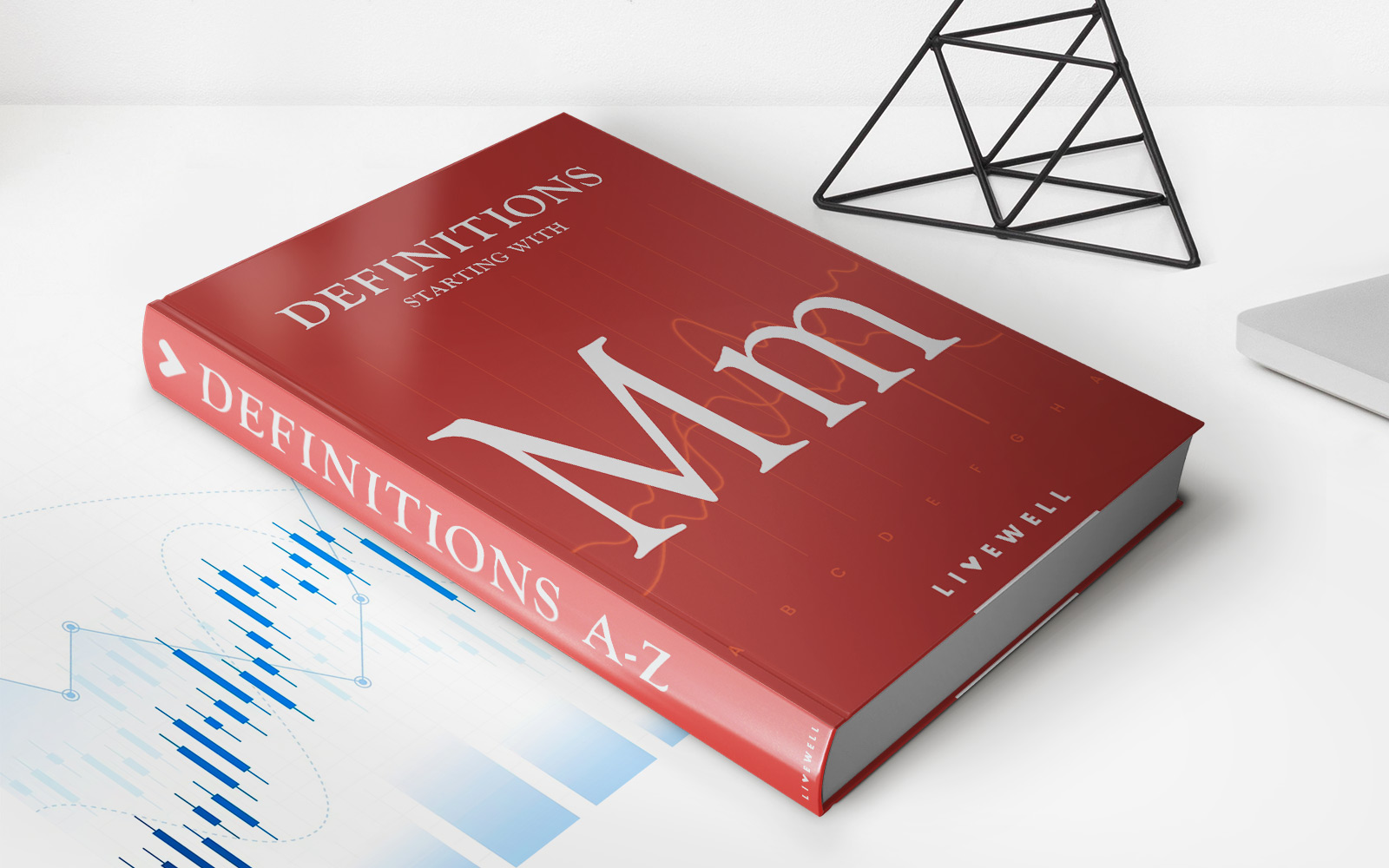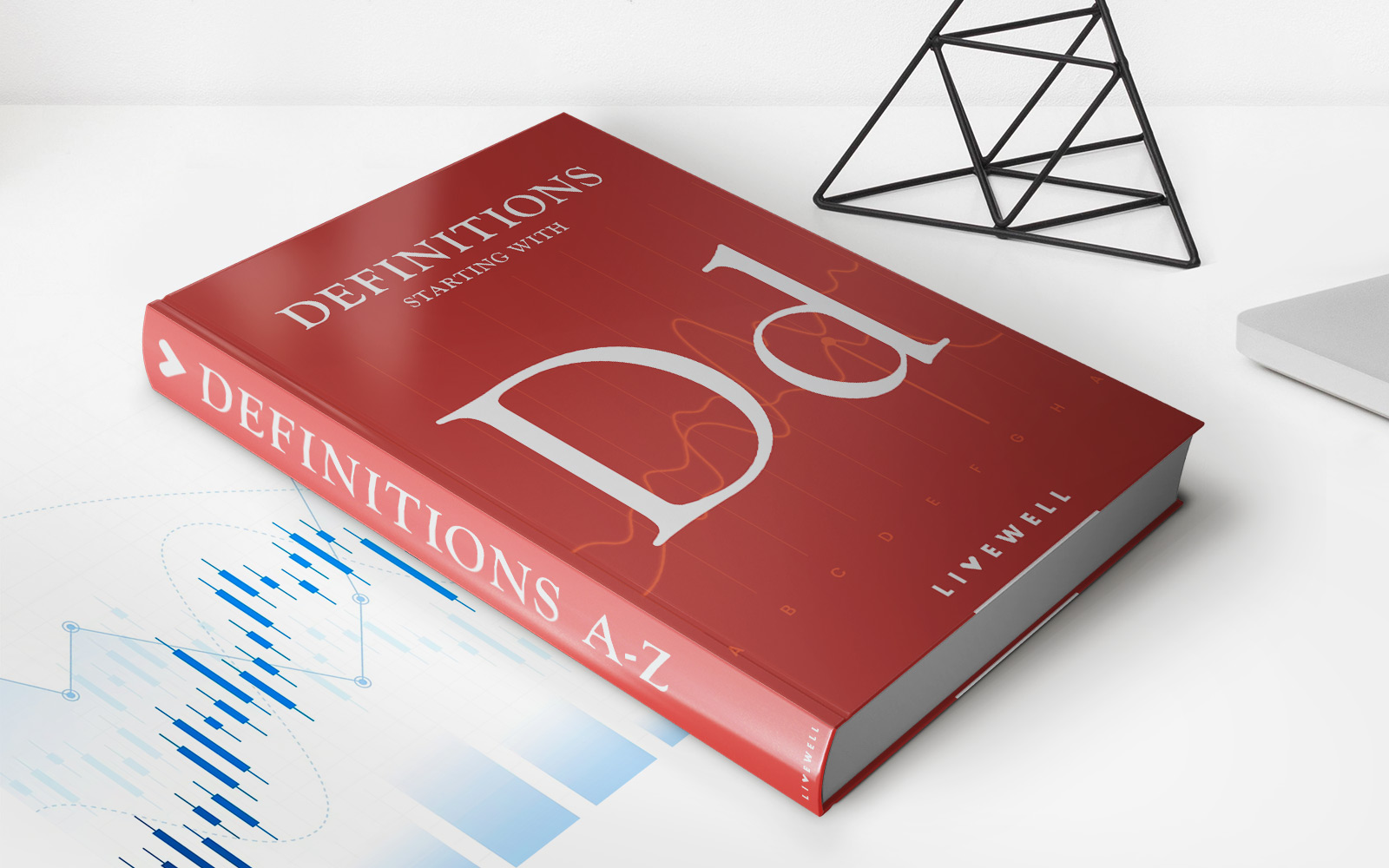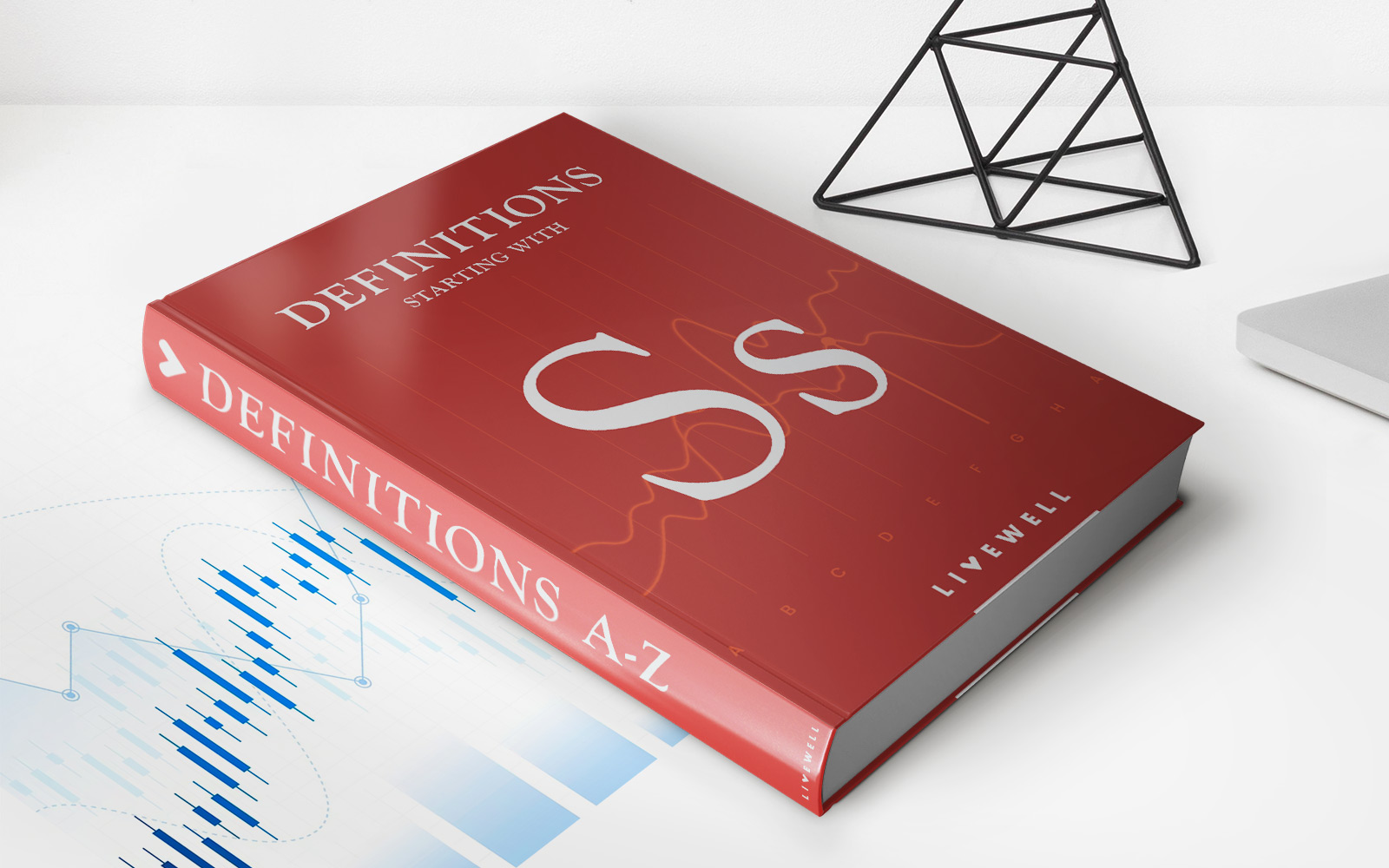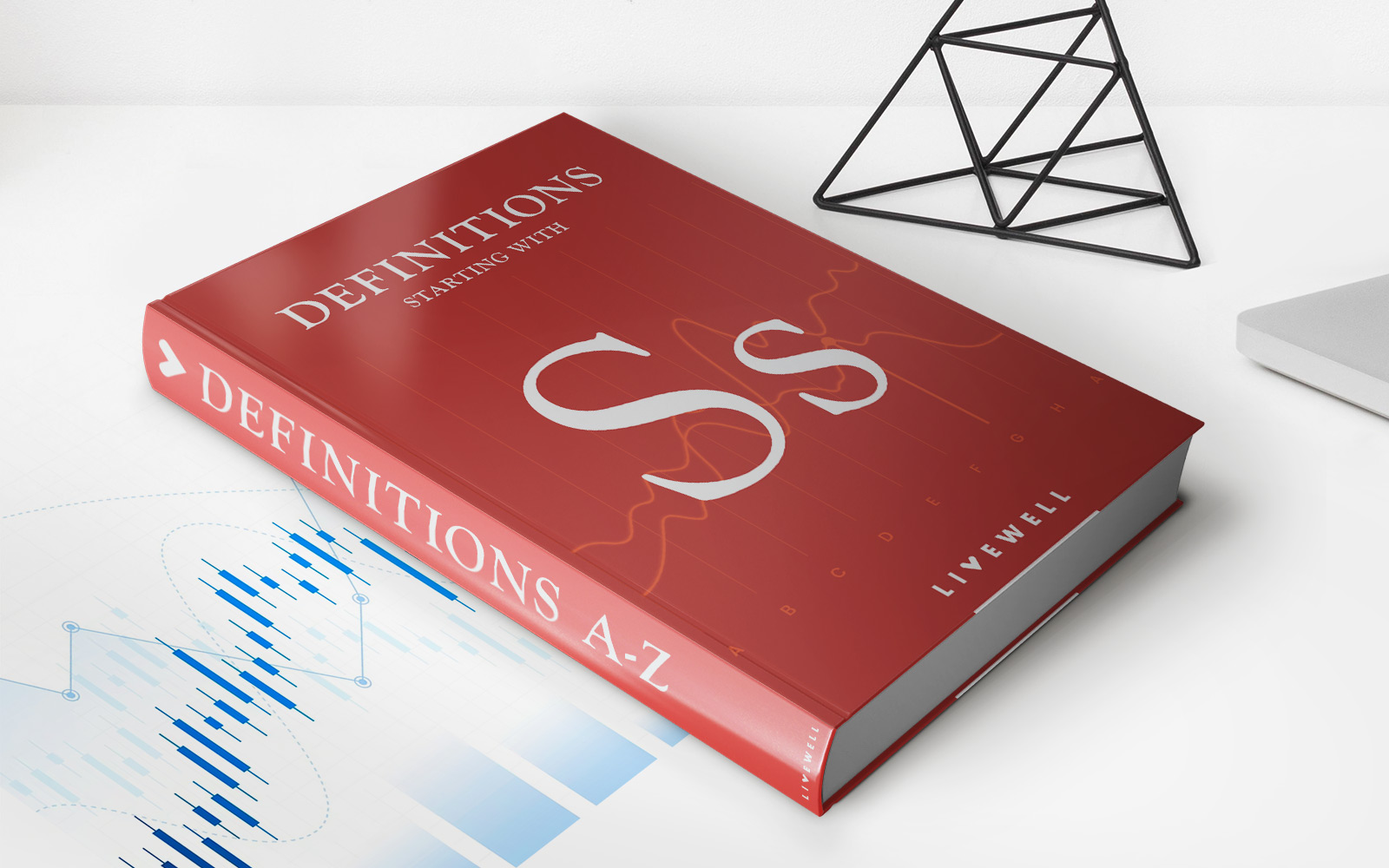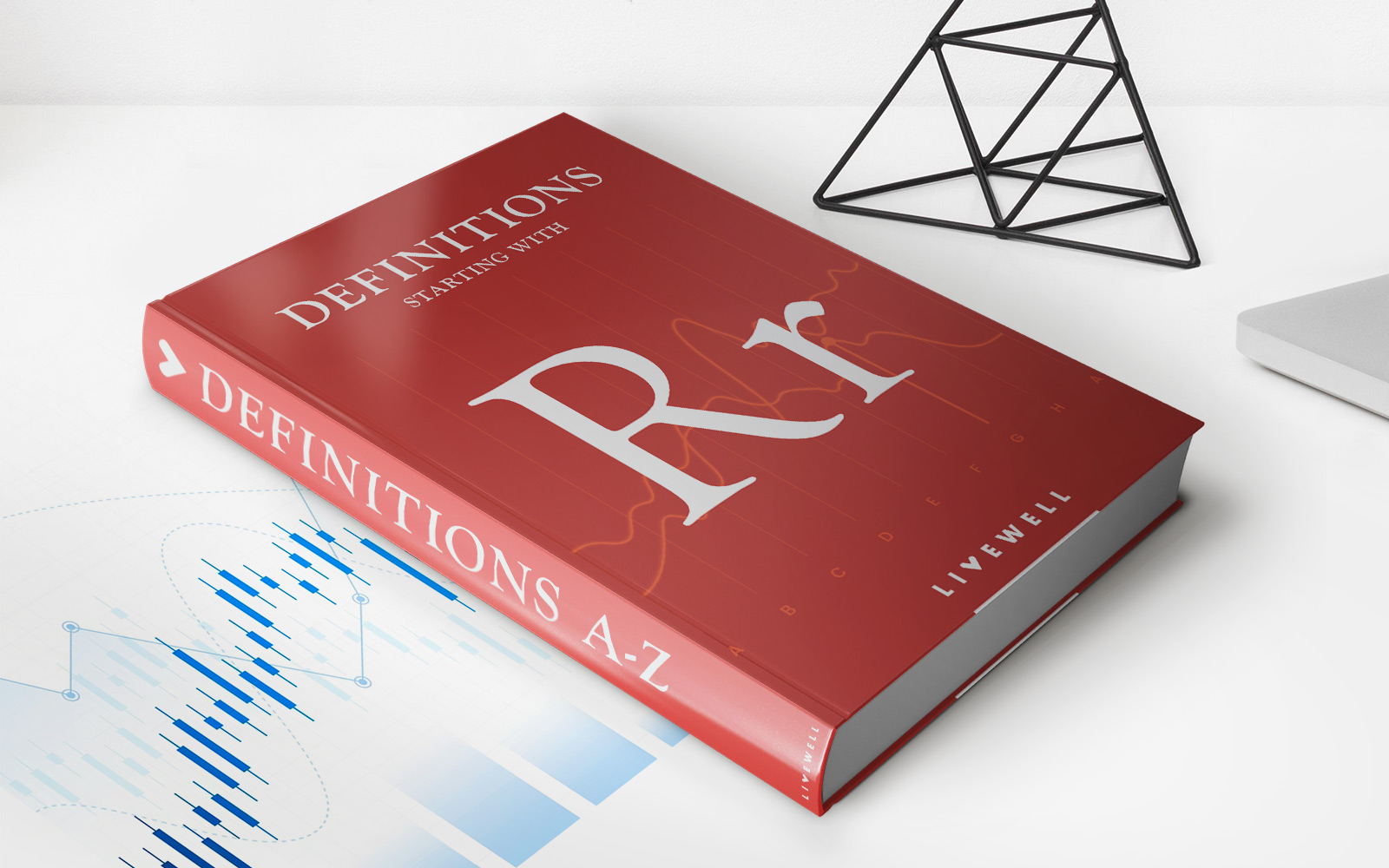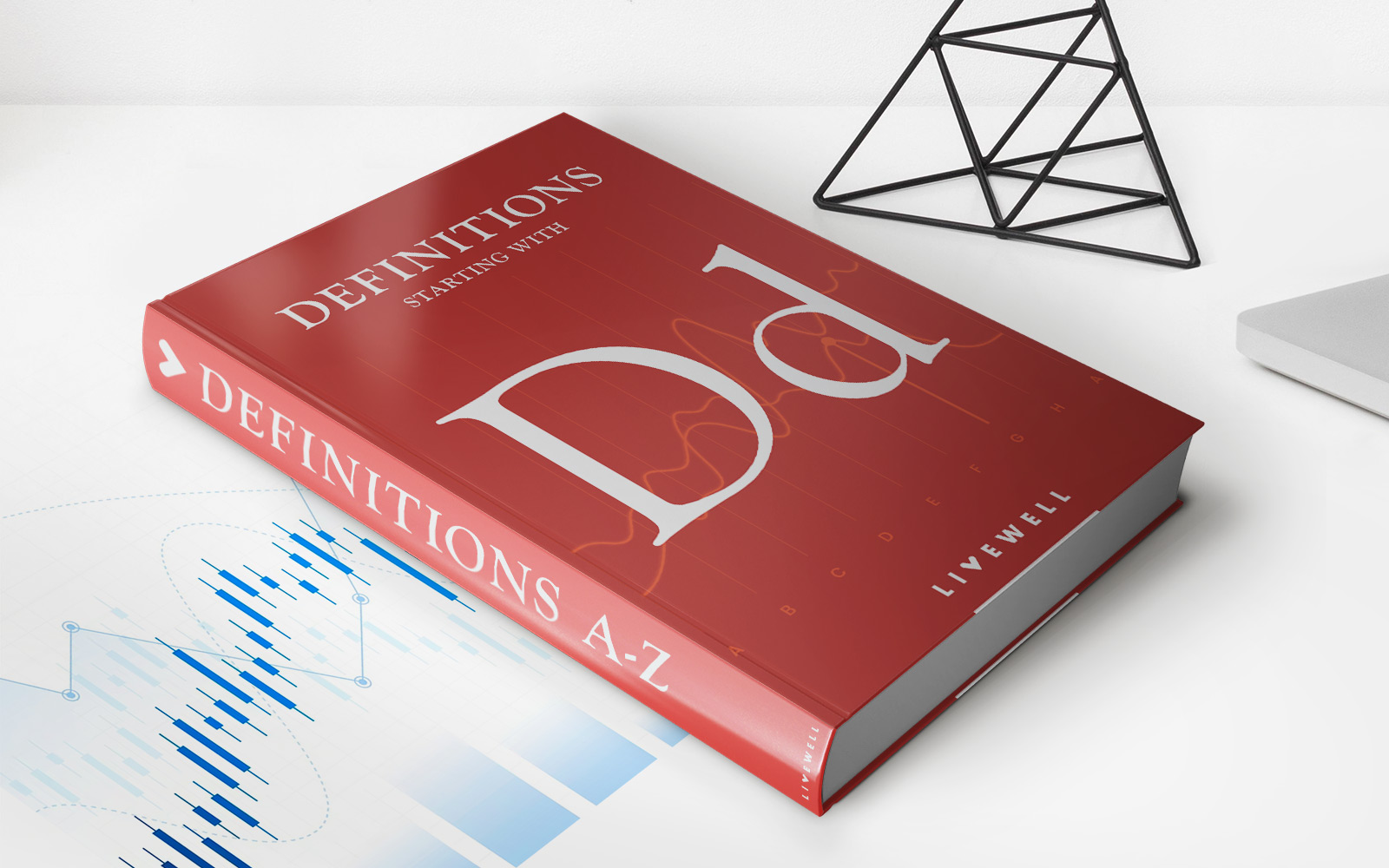Home>Finance>Series EE Bond: Definition, How It Works, Maturity
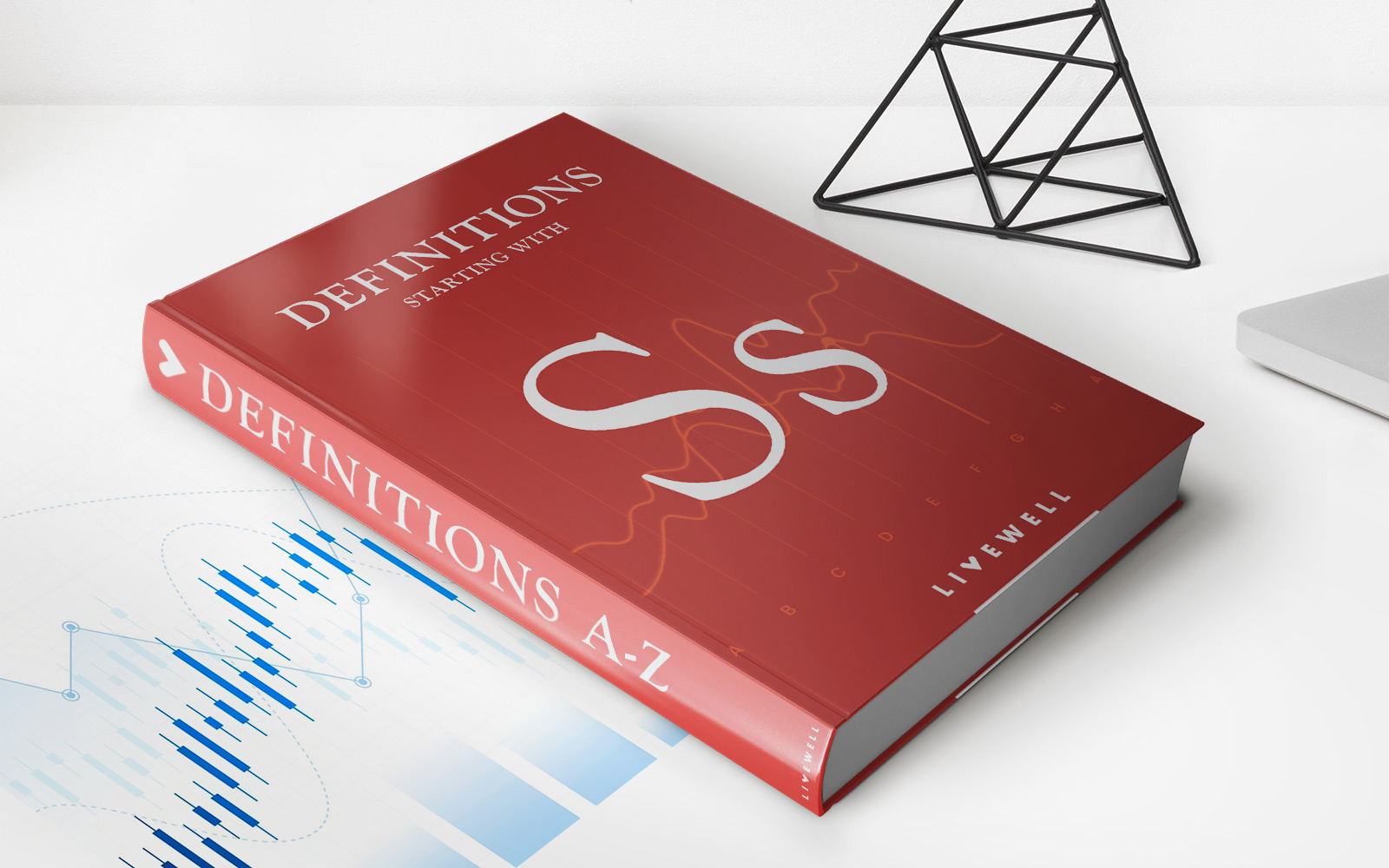

Finance
Series EE Bond: Definition, How It Works, Maturity
Published: January 27, 2024
Learn the definition, how Series EE Bonds work, and their maturity process in the world of finance. Explore more on this topic and make informed investment decisions.
(Many of the links in this article redirect to a specific reviewed product. Your purchase of these products through affiliate links helps to generate commission for LiveWell, at no extra cost. Learn more)
Unlocking the Power of Series EE Bonds: A Guide to Understanding How It Works and When It Matures
When it comes to investing your hard-earned money, exploring different options can help you make informed decisions that align with your financial goals. One such option that you may come across is the Series EE Bond. But what exactly is a Series EE Bond, how does it work, and when does it mature? In this finance blog post, we’ll delve into the world of Series EE Bonds, providing you with all the information you need to know to make an informed investment decision.
Key Takeaways:
- Series EE Bonds are low-risk savings bonds issued by the U.S. government.
- They are an attractive option for individuals looking for a safe and secure way to grow their savings.
Let’s start at the beginning. A Series EE Bond is a type of savings bond issued by the United States Department of the Treasury. It is essentially a loan that you make to the government, and in return, the government pays you interest on the bond. These bonds are considered low-risk investments, making them an appealing choice for those who prioritize capital preservation.
One of the significant advantages of investing in Series EE Bonds is that they are backed by the full faith and credit of the U.S. government, meaning they are among the safest investments available. The interest earned on these bonds is also exempt from state and local income taxes, making them a tax-efficient option.
So, how exactly does a Series EE Bond work? When you purchase a Series EE Bond, you buy it at a discounted price, typically half of its face value. However, the bond’s value increases over time as it earns interest. The interest rate applied to Series EE Bonds is fixed at the time of purchase, meaning you will know exactly how much interest your bond will earn over its 30-year term.
One important factor to consider when investing in Series EE Bonds is their maturity. A Series EE Bond reaches its initial maturity after 20 years, meaning you can redeem the bond for its face value. However, if you decide to hold onto the bond beyond its initial maturity, it will continue to earn interest for an additional 10 years, resulting in a maximum maturity of 30 years.
It’s worth noting that if you redeem a Series EE Bond before it reaches its initial maturity, you may incur a penalty. However, the longer you hold onto the bond, the greater the potential return on your investment. So, carefully assess your financial needs and goals before making a decision.
Series EE Bonds can be an excellent addition to your investment portfolio, providing stability and peace of mind. Their low-risk nature, tax advantages, and predictable interest rates make them an attractive investment option.
In conclusion, if you’re looking for a safe and secure way to grow your savings, Series EE Bonds are certainly worth considering. Their low-risk nature, tax advantages, and potential for consistent returns make them a valuable addition to any investment portfolio. So, take the time to explore this option further, and make an informed decision that aligns with your financial goals.

